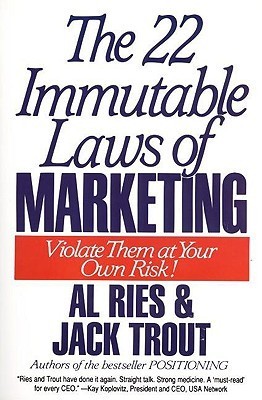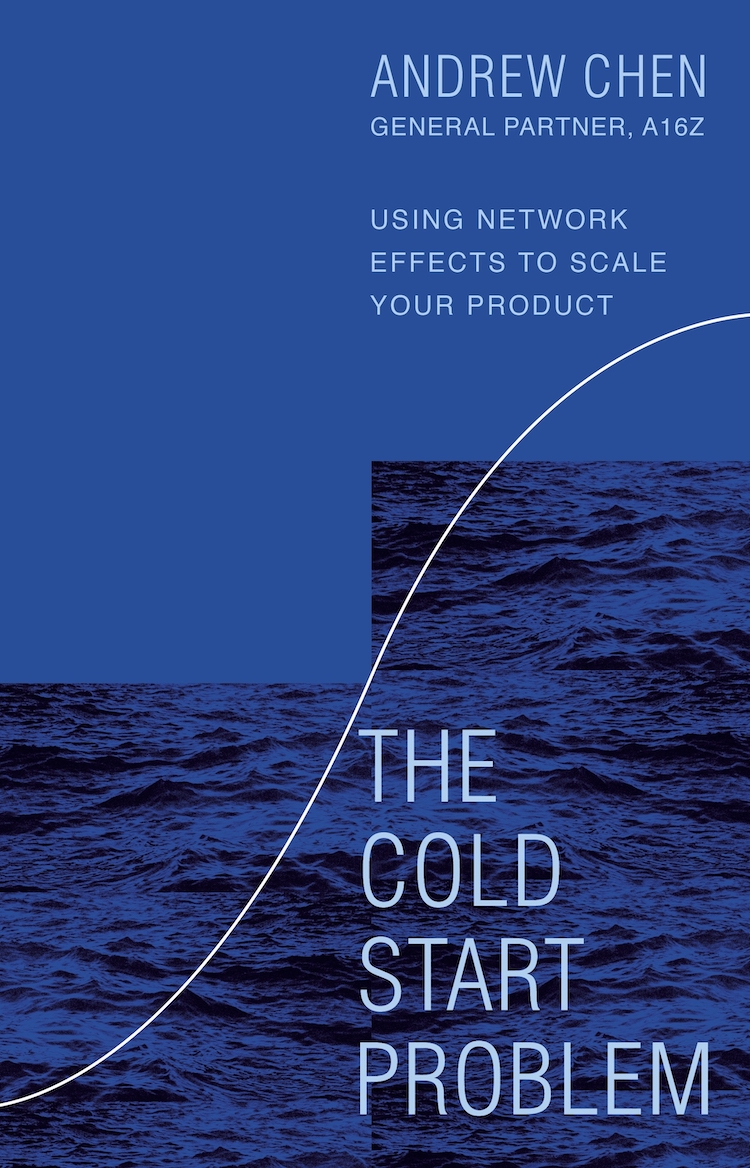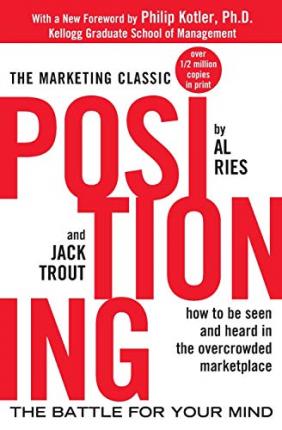The 22 Immutable Laws of Marketing
by Al Ries & Jack Trout
- Marketing
- Ashto =
- Jonesy =

The 22 Immutable Laws of Marketing – by Al Ries & Jack Trout
Billions of dollars are wasted every year on ‘clever’ or ‘brilliant’ marketing campaigns that were doomed to fail from the start, because they violate one of the ‘immutable’ laws. Ries & Trout argue that there are certain laws of marketing that are ‘immutable’ – they never change:
– ‘Marketing is a battle of perceptions, not products’
– ‘It’s better to be first than better’
– ‘The single most wasteful thing you can do in marketing is try to change a mind’
‘Violate them at your own risk!’
The 22 Immutable Laws of Marketing Summary
Billions of dollars have been wasted on marketing programs that couldn’t possibly work, no matter how clever or brilliant, or how big the budgets. So how do you avoid making marketing mistakes in the first place? The easy answer is to make sure your programs are in tune with the laws of marketing. Violate them at your own risk.
- The Law of Leadership – it’s better to be first than it is to be better
Many people believe that the basic issue in marketing is convincing prospects that you have a better product or service. This is not true. The basic issue in marketing is creating a category you can be first in. It’s better to be first than better.
It’s much easier to get into the mind first than to try to convince someone you have a better product than the one that did get there first.
In today’s competitive environment, a me-too product has little hope of becoming a big, profitable brand. After WW2, Heineken was the first imported beer into the USA. Which is bigger now, the one that tastes the best, or Heineken?
People tend to stick with what they’ve got. If you meet someone a little better than your husband or wife, it’s really not worth making the switch. Once you’ve chosen a brand (the first brand there is), you won’t just change if the second one that comes along is a little better – there’s a cost of switching (not just financial), so it must be an order of magnitude better or you’re just going to stay with what you’re already doing. Regardless of reality, people perceive the first product into the mind as superior. Marketing is a battle of perceptions, not products.
Neil Armstrong was the first man to walk on the moon. Who was second? Roger Banister was the first man to break the four minute mile. Who was second? George Washington was the first president of the United States. Who was second?
- The Law of the Category – if you can’t be first in a category, set up a category you can be first in
Who was the third person to fly across the Atlantic Ocean solo? If you didn’t know Bert Hinkler, you’d think you’d have no idea who the third person was. But maybe you do: Amelia Earhart.
She’s not known as ‘the third person to fly across the Atlantic Ocean solo’, no one would care about that, she’s known as the first woman to fly across the Atlantic Ocean solo. If you didn’t get into the prospect’s mind first, don’t give up hope. Find a new category you can be first in. It’s not as difficult as you might think
In the US, Michelob became the first in the category of high-price domestic beer. Miller Lite came in and was the first in the category of domestic light beer. They thought “if there’s a market for domestic light, maybe there’s a market for imported light. So Amstel Light was the first imported light beer and it was a success.
The principle is, if you can’t be first in a category, set up a new category to be first in. When you launch a new product, the first question to ask yourself is not: ‘how is this new product better than the competition?’, but instead: “is the product first in what” ‘first (what)?’.
This is counter to classic marketing thinking, which is brand oriented. Usually they think ‘how do i get people to prefer my brand?’. Instead they should think categories. Everyone is interested in what’s new, few people are interested in what’s better. When you are the first in a new category, promote the category. In essence, you have no competition.
- The Law of the Mind – It’s better to be first in the mind than first in the marketplace
Being first in the mind is everything in marketing. Being first in the marketplace only matters to the extent that it allows you to get in the mind first. The law of the mind follows from the law of perception. If marketing is a battle of perception, not product, then the mind takes precedence over the marketplace.
Thousands of would-be entrepreneurs are tripped up every year by this law. Someone has an idea or concept he/she believes will revolutionize an industry and the problem is getting the idea or concept into the prospect’s mind. The conventional solution is spending loads of money on ads. But more money is wasted in marketing than in any other human activity.
You can’t change a mind once a mind is made up. If you want to make a big impression on another person, you cannot worm your way into their mind and then slowly build up a favorable opinion over a period of time. The mind doesn’t work that way. You have to blast your way into the mind. The reason you blast instead of worm is that people don’t like to change their minds – when they perceive you one way, that’s it.
- The Law of Perception – marketing is not a battle of products, it’s a battle of perception
Its an illusion. There is no objective reality. There are no facts. There are no best products. All that exists in the world of marketing are perceptions in the minds of the customer or prospect.
The three largest selling Japanese cars in America are Honda, Toyota and Nissan. You would think that this is due to the fact that Honda makes ‘better’ cars than Toyota which makes ‘better’ cars than Nissan. But this is not necessarily true. It’s about what people think about Honda, Toyota and Nissan that determines which brand will win.
If marketing was all about product quality, then the order of sales in America should be similar/the same as the sales in Japan. But in Japan, Honda is nowhere near the leader – it’s third behind Toyota and Nissan in car sales. Toyota sells more than 4 times Honda in Japan. If you told your friends in New York that you bought a Honda, they’d ask “What kind of car did you get? A Civic? An Accord? A Prelude? But if you tell your friend in Japan that you bought a Honda, they’d ask “What kind of motorcycle did you get”
The perception in Japan is that Honda is a motorcycle manufacturer. That’s why they’re third – most people don’t want to buy a car from a motorcycle manufacturer.
Marketing is a battle of perceptions, not products.








